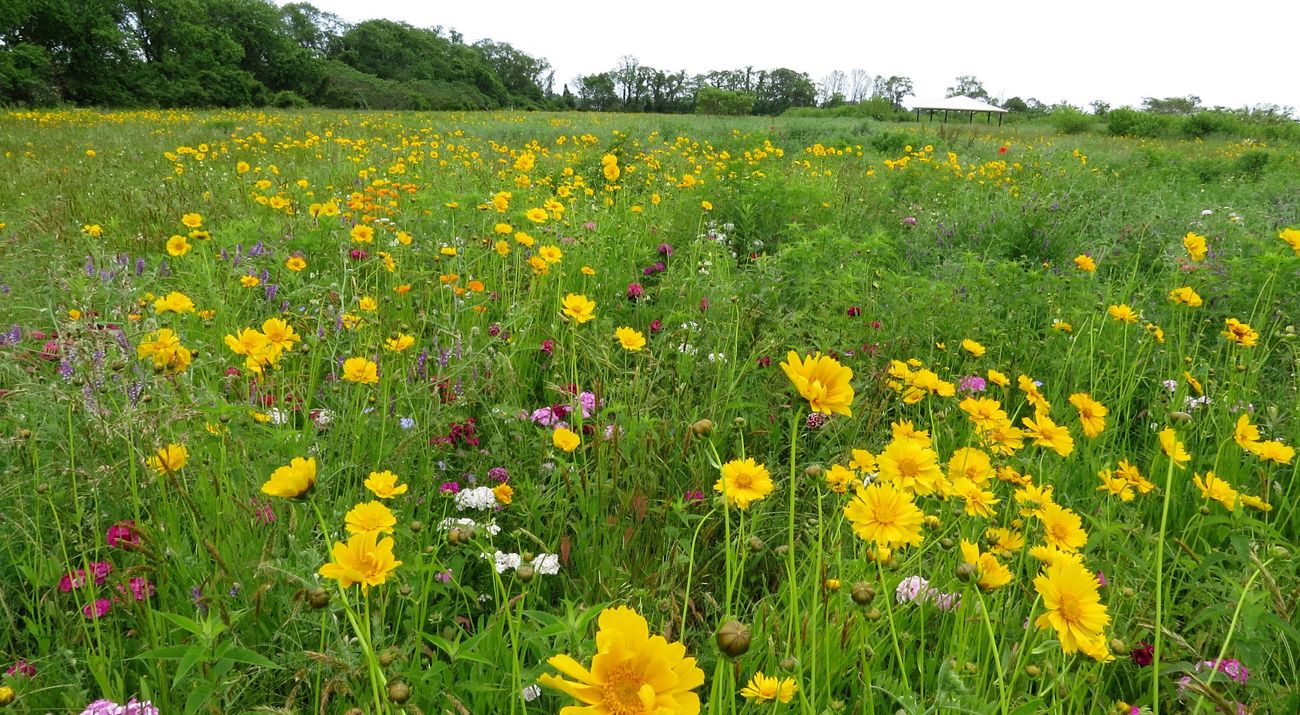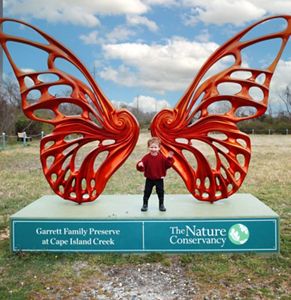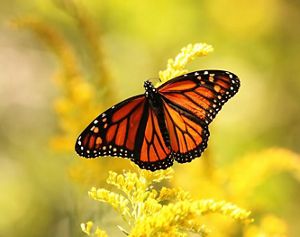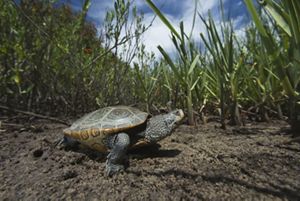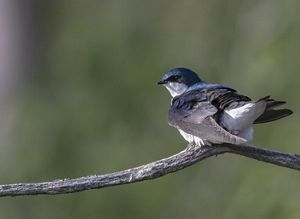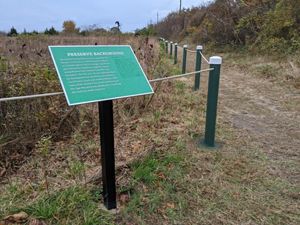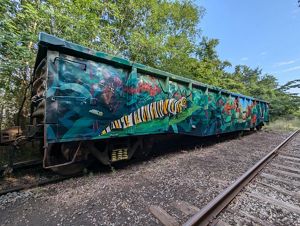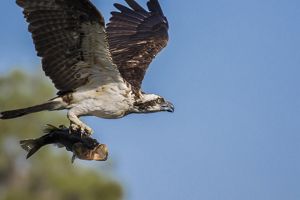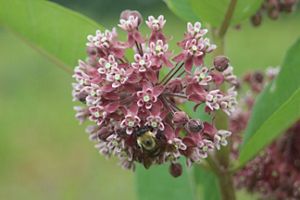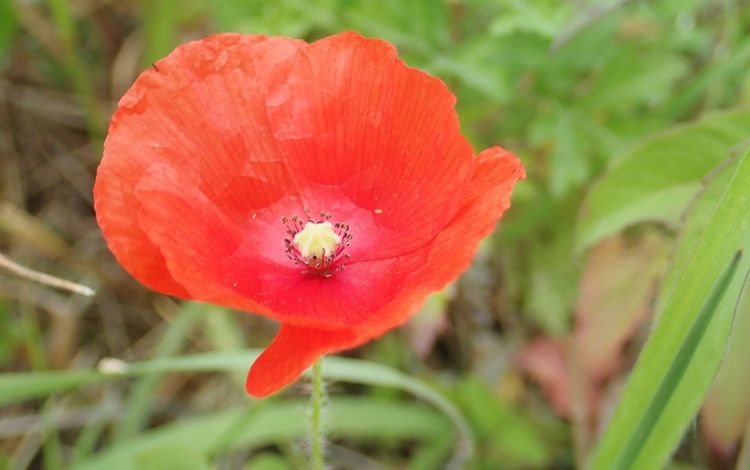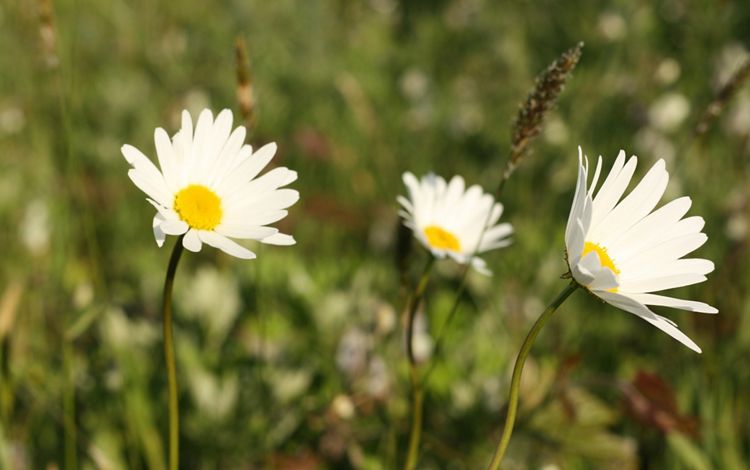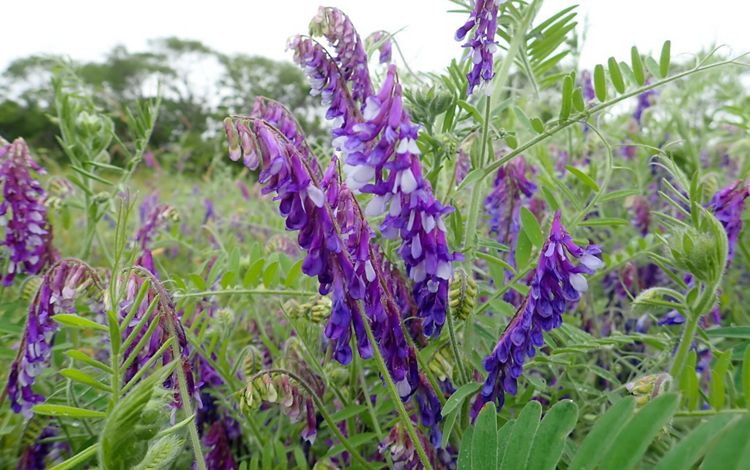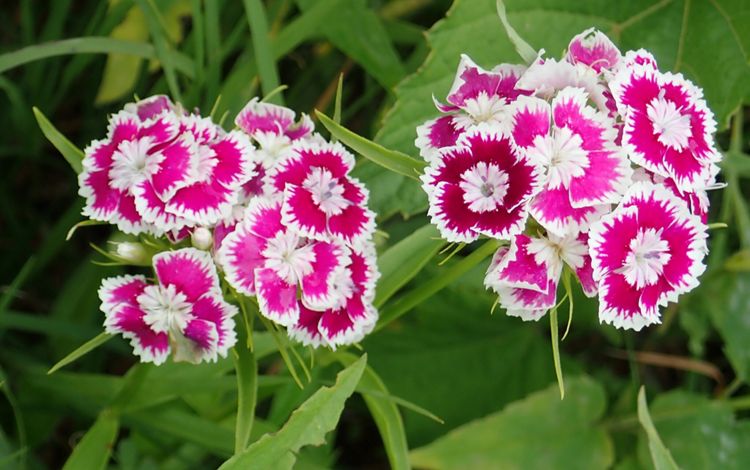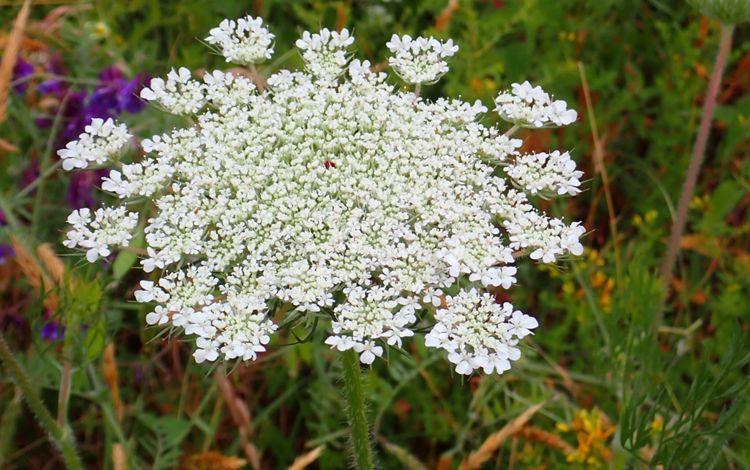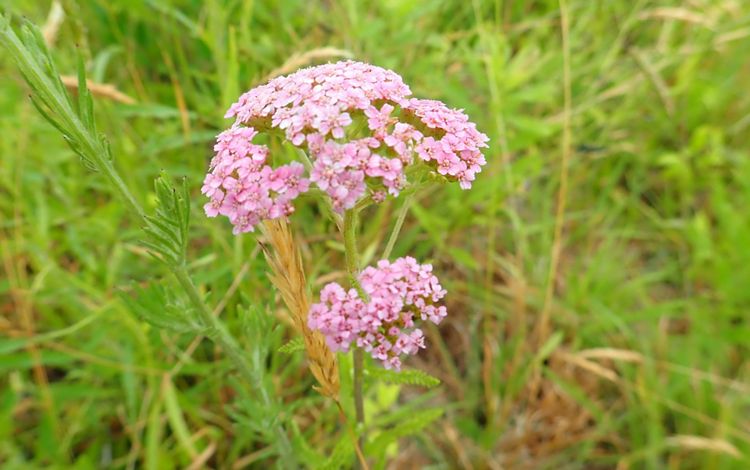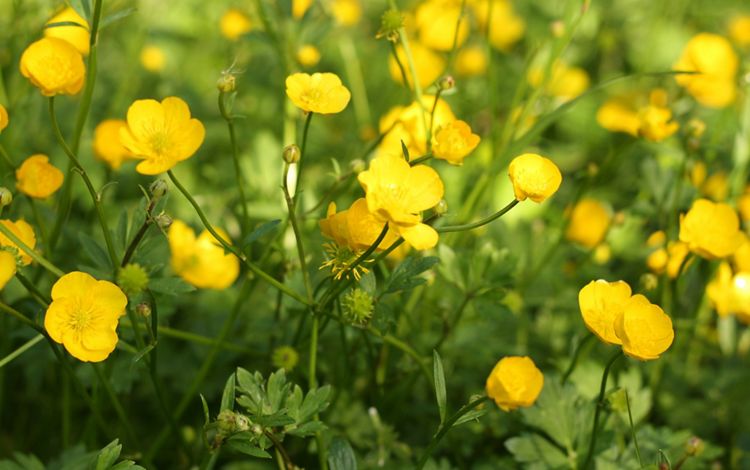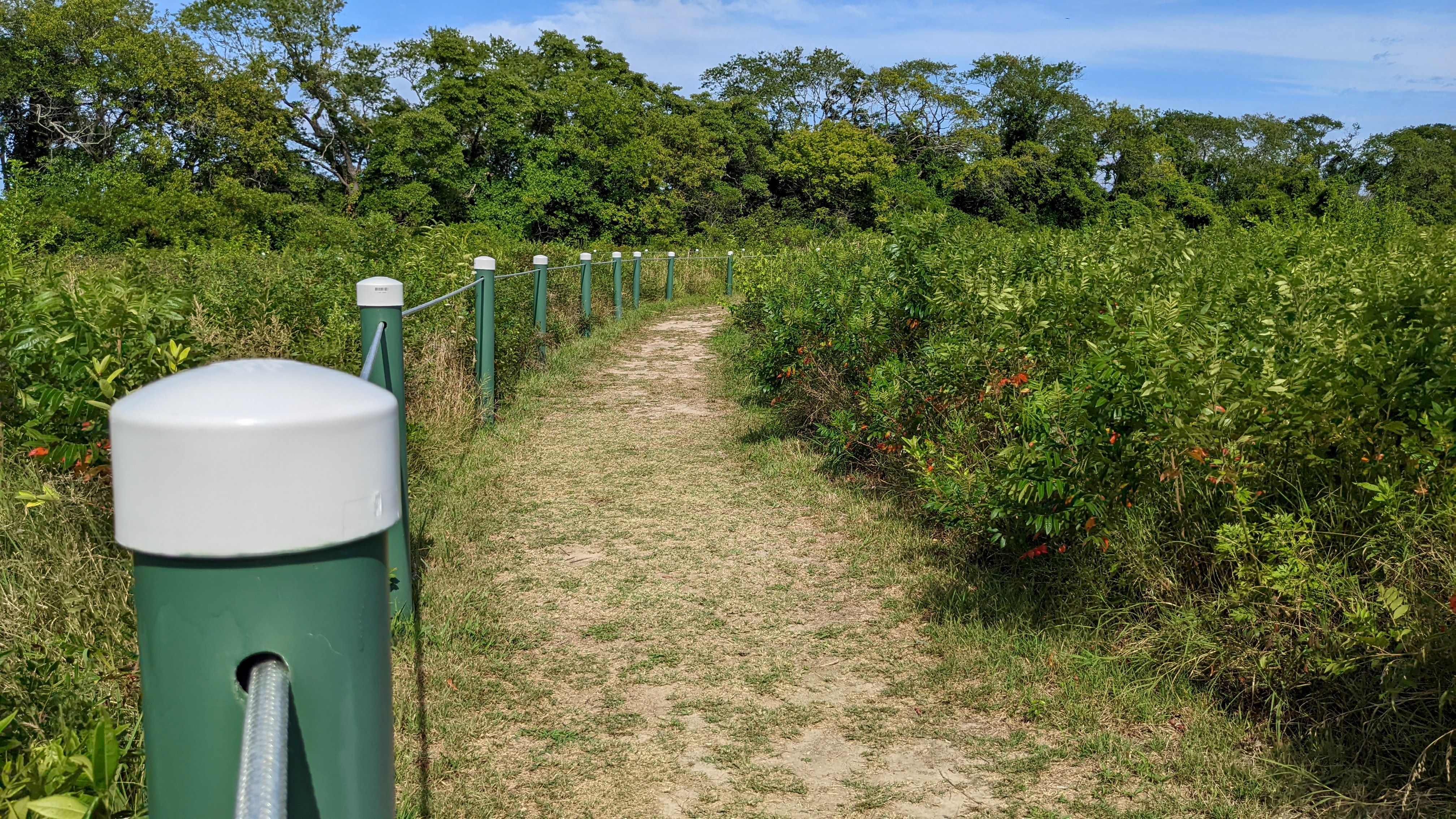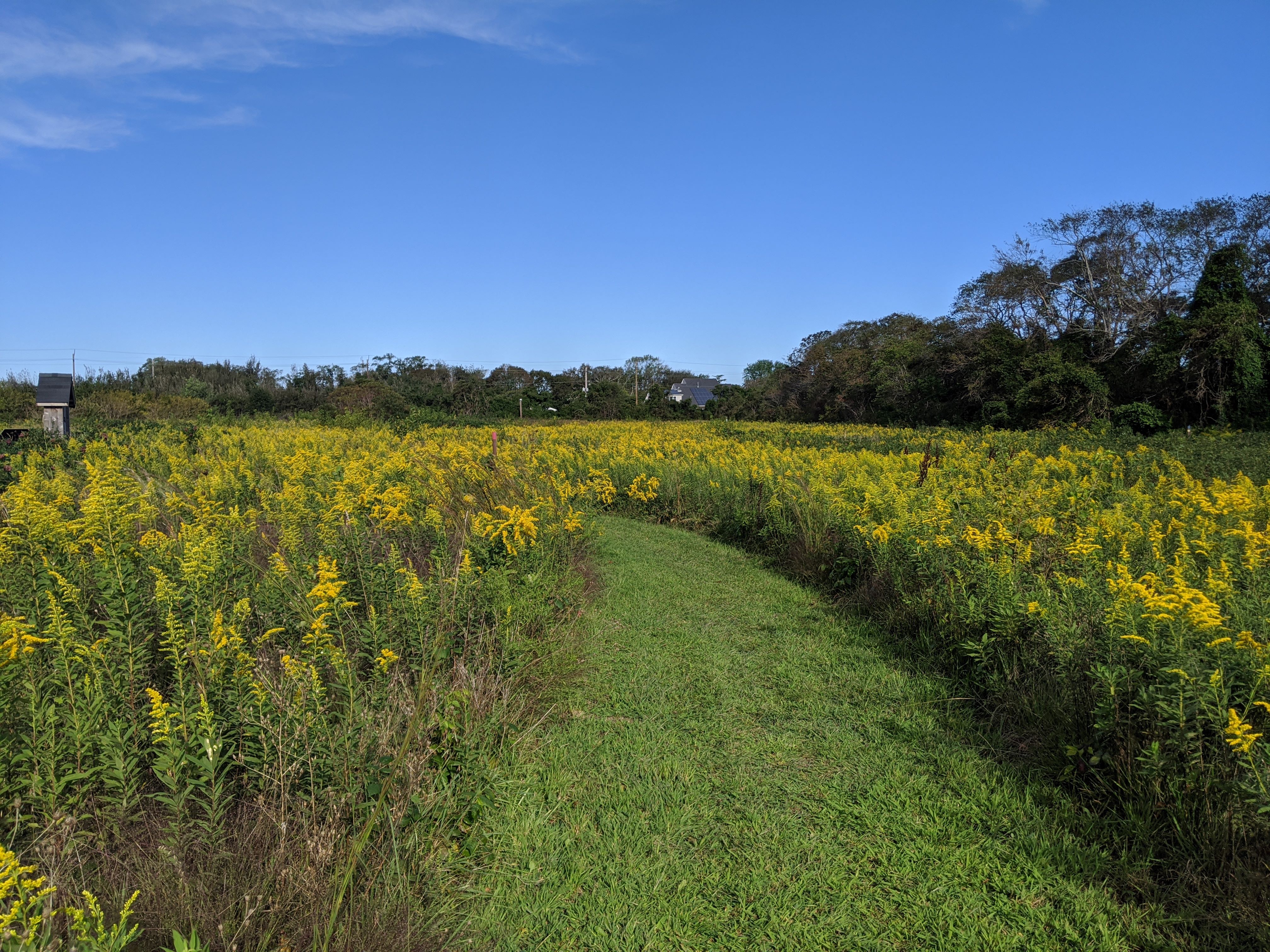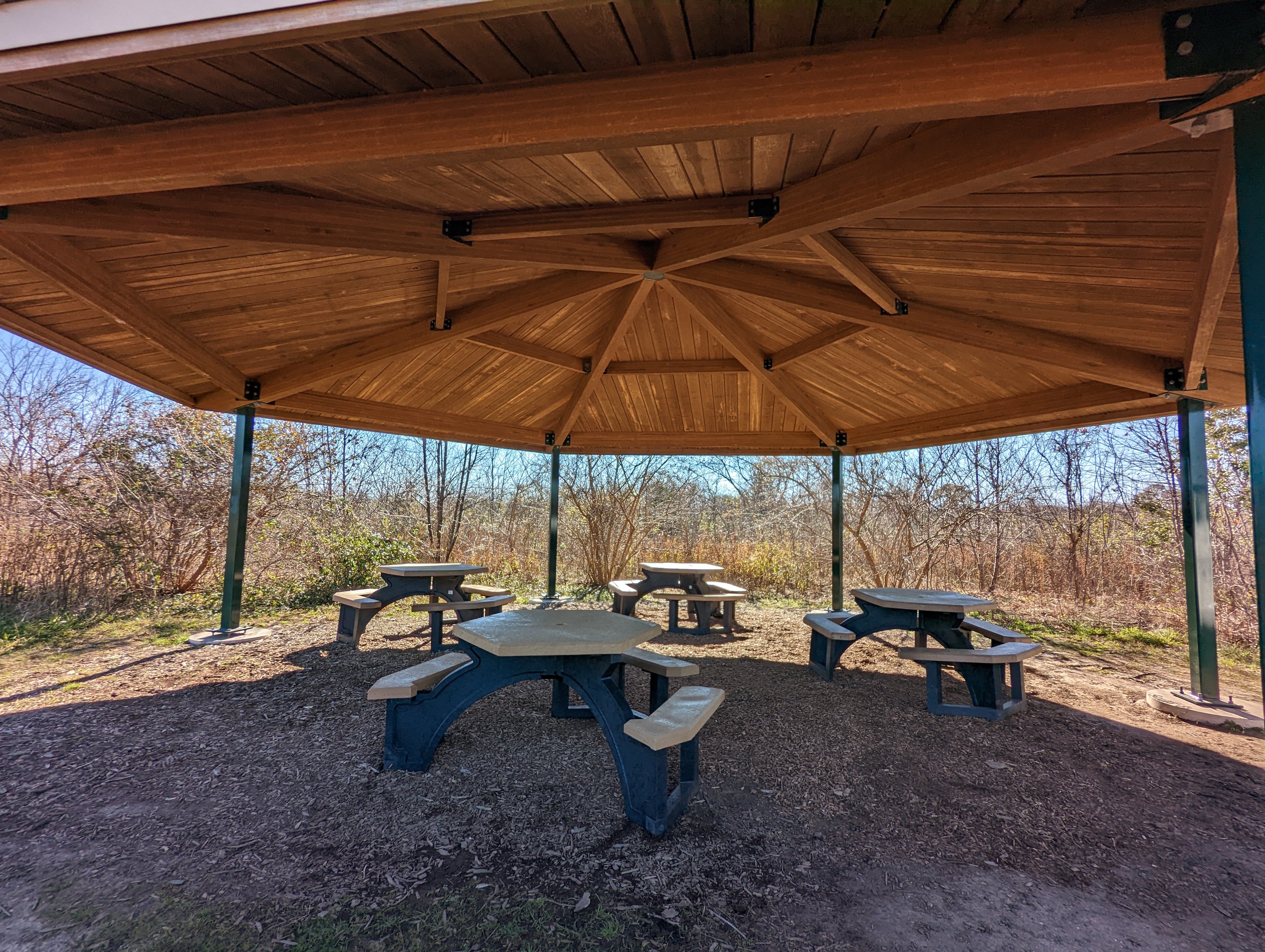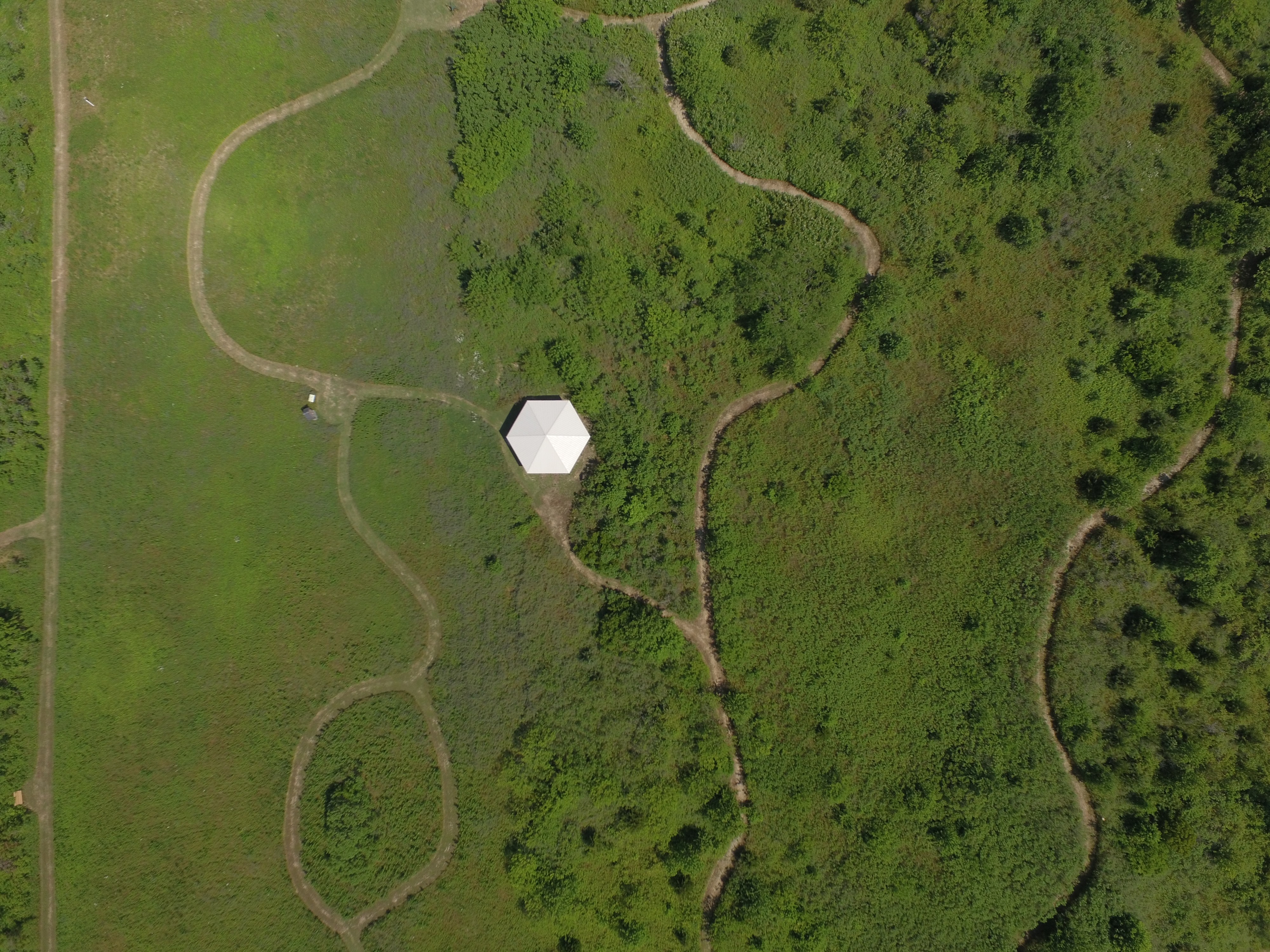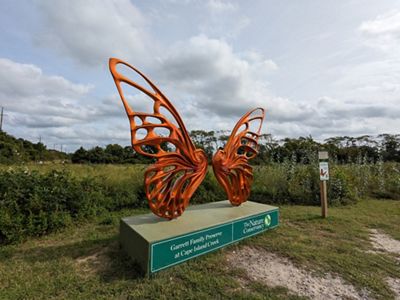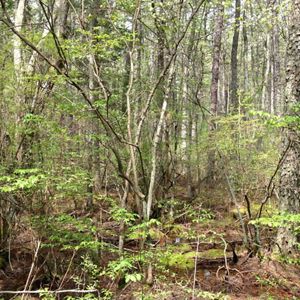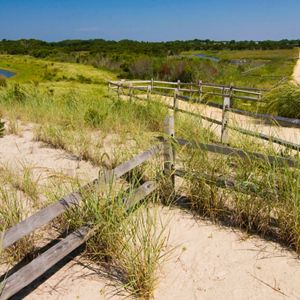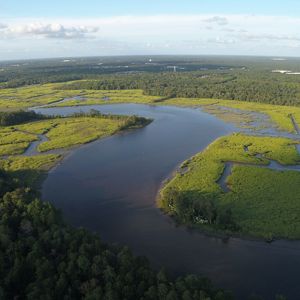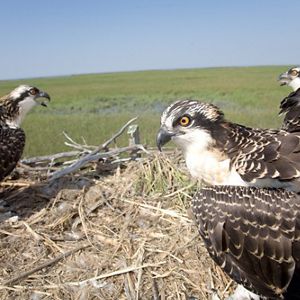Description
An ever-changing landscape defines the Garrett Family Preserve, with tides constantly flowing in and out of the salt marshes of Cape Island Creek. The saltwater tidal marsh is a nursery for many fish species, a place where shorebirds can forage and fiddler crabs make their homes. With its expansive native wildflower meadows, successional fields and taller tree lines, the preserve is a haven for migrating songbirds, raptors and pollinators like bumblebees and monarch butterflies. The seasonal blooms of the wildflower fields provide crucial habitat and food sources for pollinators, as well as excellent photo opportunities for visitors.
The Nature Conservancy (TNC) has added many people-friendly amenities including a picnic pavilion, bird blind, artists’ easels, and an interactive monarch butterfly statue, to make the visitor experience enjoyable. Don't miss the larger-than-life monarch caterpillar murals near the preserve's entrance! Visitors can explore more than four miles of flat, sturdy nature trails by foot or by bike. The many picnic tables and benches located throughout the preserve give visitors the opportunity to sit back and soak in the sights and sounds of nature. Along the pollinator trail, visitors can enjoy the Braille trail and its accompanying audio tour. Read more about this trail under our Visit tab and learn more about the preserve's features and trail conditions with the visitor's guide.
